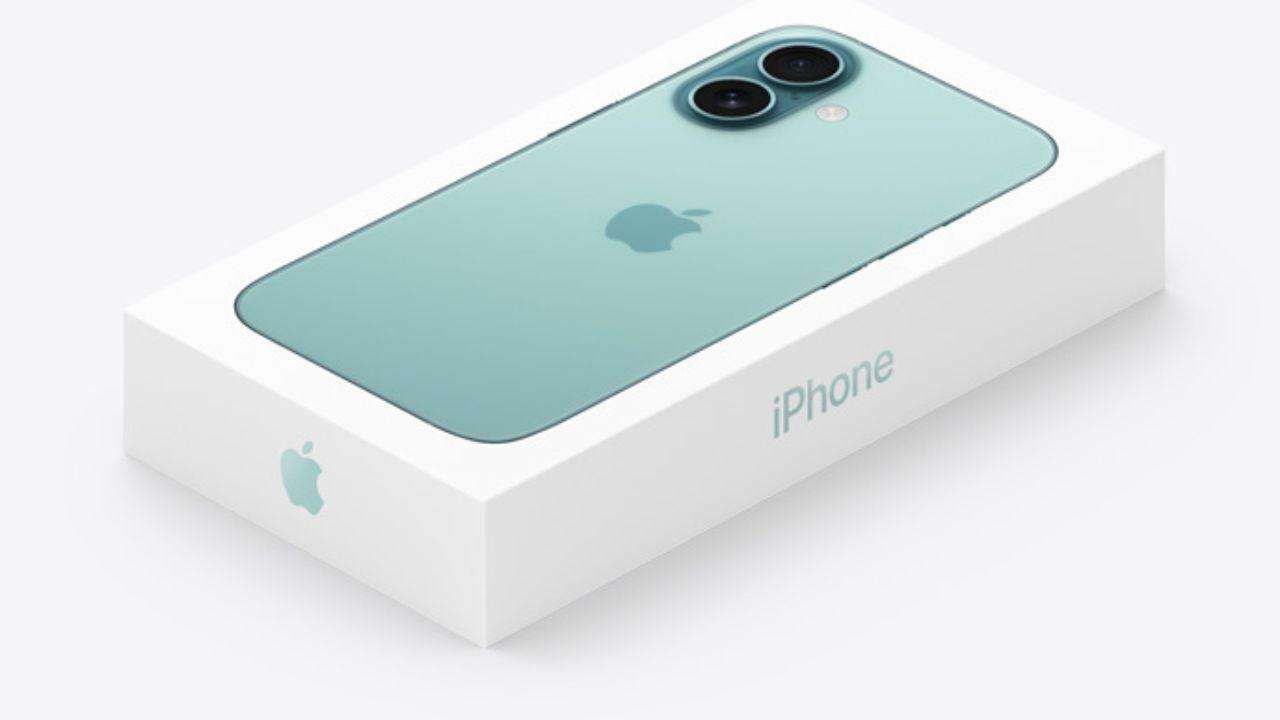At a packed launch event on Monday at the Steve Jobs Theatre in Cupertino, Apple unveiled their class of 2024 iPhones.
The more sophisticated iPhone 16 Pro, its even bigger sister, the iPhone 16 Pro Max, and the smaller iPhone 16 Plus are the four new iterations of the iPhone 16 lineup.
However, the presentation spent considerable time describing the Apple Intelligence software that is designed, according to Apple CEO Tim Cook before the keynote “to change people’s lives.”
Where some rival AI platforms have focused on creating fancy images from typing text into your phone, Apple Intelligence is doing something more immediately useful - though it will manage the fancy stuff, too: creating custom emojis as quickly as you type, say, breakdancing shark.
The more practical Apple Intelligence features include helping with writing style. In a quick test at the event, I saw a long meeting note summarised in a businesslike style and could change this to something friendlier in an instant. It also proofread a letter, fixing typos and offering different tones of voice.
These Writing Tools are available across the iPhone in almost any place you write something, from text messages to emails or notes. It will also work in apps from other developers, not just Apple’s.
By extensively previewing what Apple Intelligence can do, the company was emphasising that the new iPhones are desirable not just for their new colours and design changes, but for their sheer power and usability.
Since privacy is central to all that Apple does (and to the rest of us, of course), the company was eager to point out that most of the AI tricks are performed on-device, not in the cloud. For those advanced features that do need the power of ChatGPT for instance the data is sent to Apple’s own servers and the content remains private so not even Apple can see it.
Using the Apple Intelligence features could be quietly game-changing, but we’ll have to wait to find out. The first shreds of the Apple Intelligence goodness will come later in the year and, though it will be available for users in the UK, it’s currently only usable with US English, so expect some regional spelling differences to appear which may reduce the efficacy of the proofreading.
From December it will be available in UK English, too. All four iPhone 16 models can run Apple Intelligence, as well as two older models, the iPhone 15 Pro and iPhone 15 Pro Max. After years of iterative updates, is Apple offering a compelling reason to upgrade? The buzz around the packed keynote suggests it might.
The major focus on the AI software doesn’t mean there are no hardware changes to the new phones, of course.
The iPhone 16 and 16 Plus look very similar to last year’s models, in the same size but different colours. All four iPhones have added a button, which suggests perhaps a more fiddly experience. However, it's called Camera Control and at first glance will be a genuinely useful improvement.
A gentle touch launches the camera from standby and a stronger press takes the shot. Press and hold to shoot a short video. You can also slide your finger back and forth on the button to zoom in and out, for instance.
The iPhone 16 Pro and Pro Max have both grown a bit. In the hand, they definitely feel slightly bigger, especially the larger model, and there may come a time when big is just too big. For now, if your mitts can manage the iPhone 15 Pro Max, you’ll cope with the 16 Pro Max. The benefit is a display that’s visibly bigger, achieved partly by thinner borders than before. There’s a new Desert Titanium colour, which is a sort of softer golden shade. And the ultra wide camera sensor has leapt in resolution from 12 megapixels to 48, which will offer much more detailed photos.
Apple Intelligence works on all four of the new iPhones (plus the existing iPhone 15 Pro and Pro Max). While the Pro models still offer a lot more, it felt like the distance between regular and Pro models has shrunk, so many may opt not to spend the extra for the Pro label.
Prices, by the way, remain the same as for last year’s models, that is, from £799.
One downside for the iPhone 16 is it does not have a display with a dynamic refresh rate for a super-smooth experience when you’re watching video or scrolling through menus. Plenty of much less powerful phones offer faster refresh rates, but Apple has held out against upgrading the basic iPhone display.
Apple said battery life was improved across the board – something that for most users remains the most requested upgrade year after year.
There were more new products unveiled: AirPods 4 will be available in two different versions, one with active noise cancelling, which was previously the preserve of the AirPods Pro and AirPods Max. The over-ears AirPods Max have been updated with new colours and USB-C charging, so you may be able to get rid of all those Lightning cables soon.
The Apple Watch Series 10 comes in cases that are 1mm taller than before but offers the biggest screen size of any Apple Watch. It’s also the slimmest Watch from the company yet and a switch from stainless steel to titanium in higher-end models means the weight has dropped, too. There was strangely no Apple Watch Ultra 3, but the Ultra 2 continues as-is, and in a gorgeous new black titanium finish.
While the iPhone design changes are subtle, the addition of the new Camera Control and, above all, the promise of new capabilities thanks to Apple Intelligence may be enough to start a tsunami of sales.


_4.jpg)





.svg)


